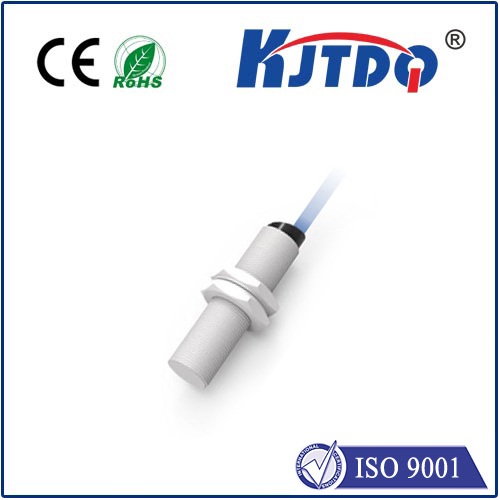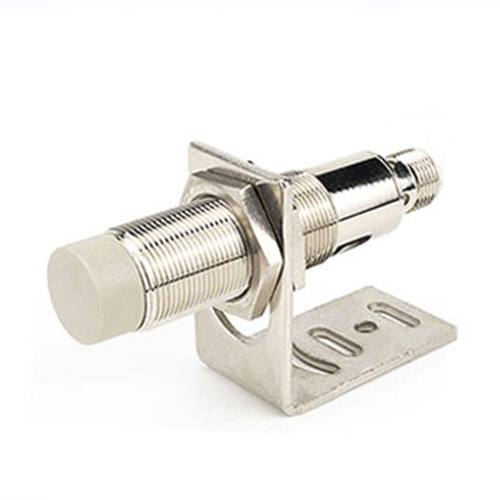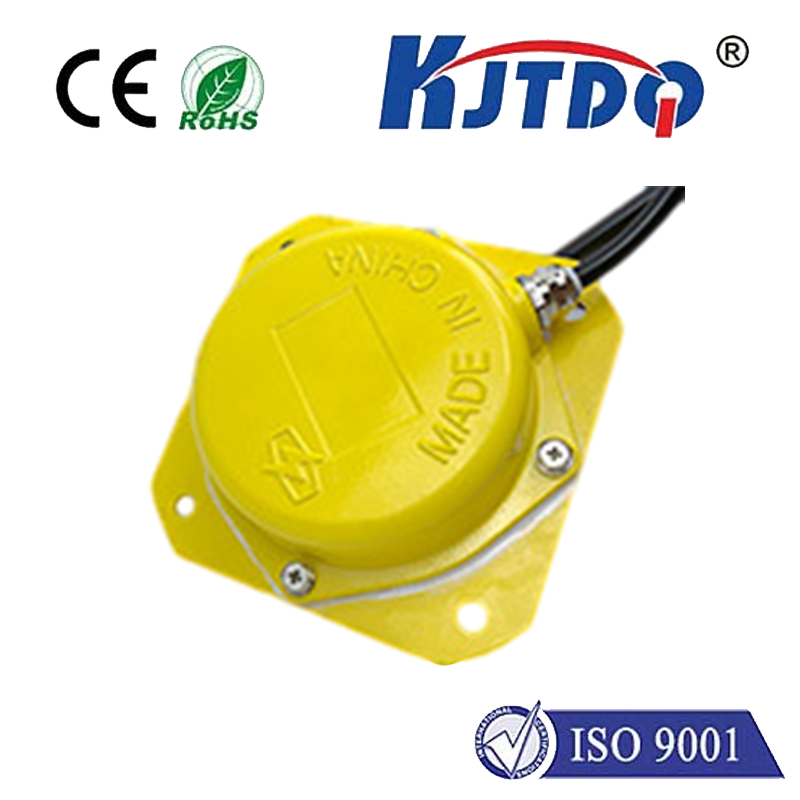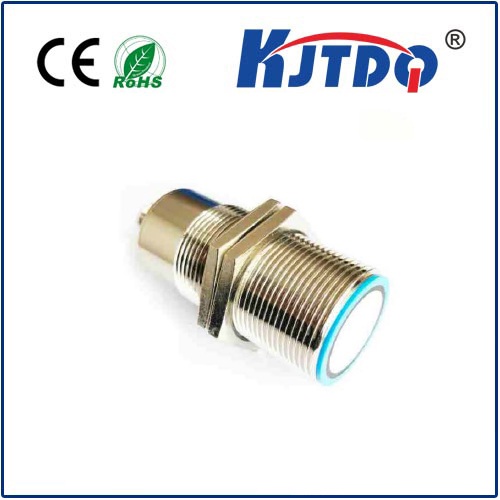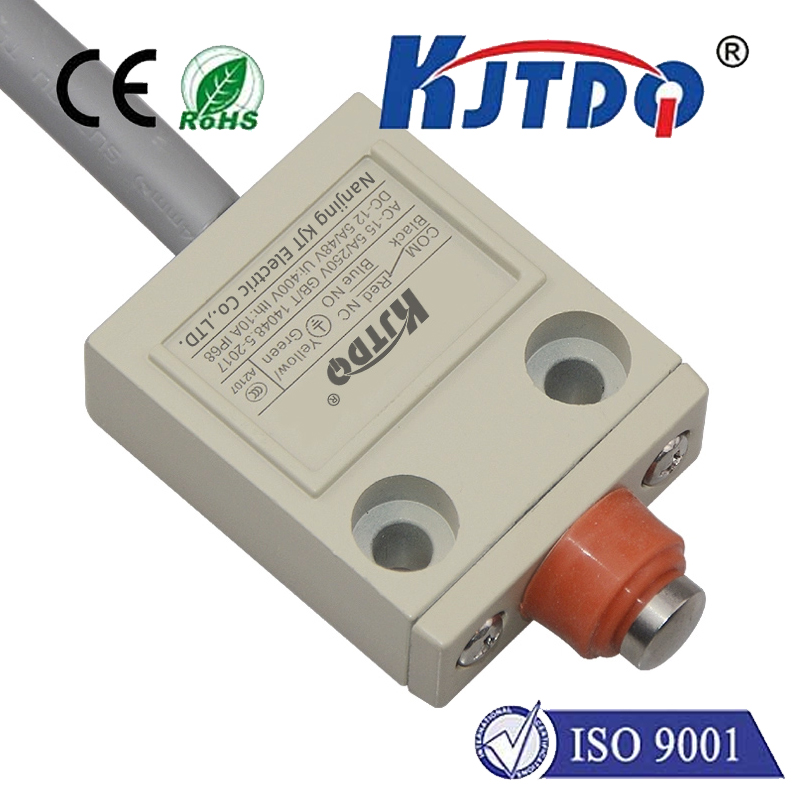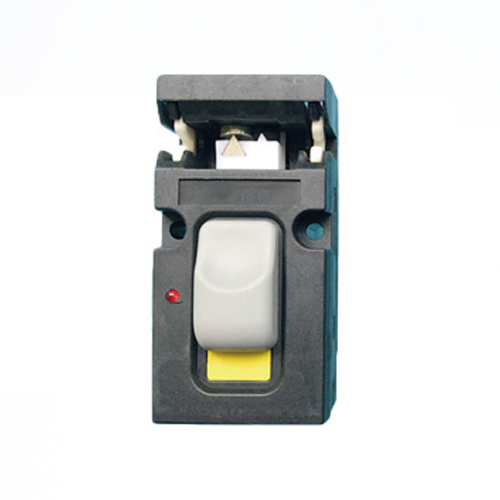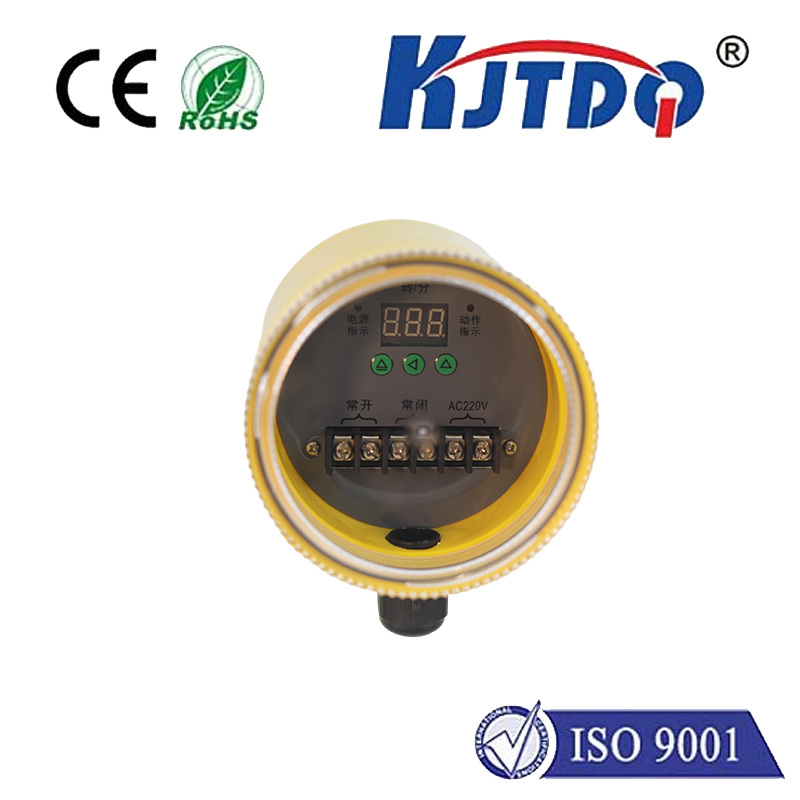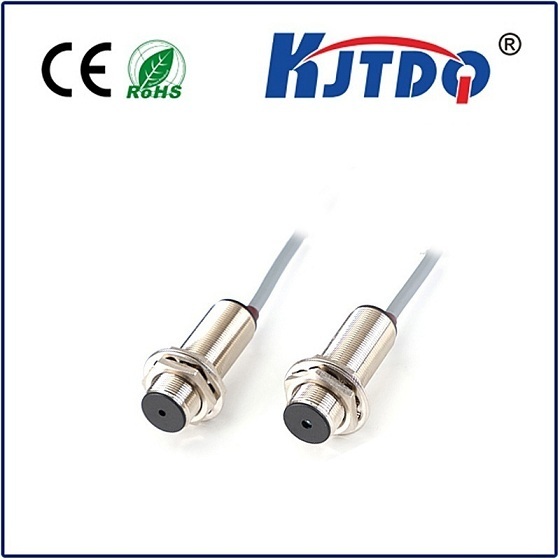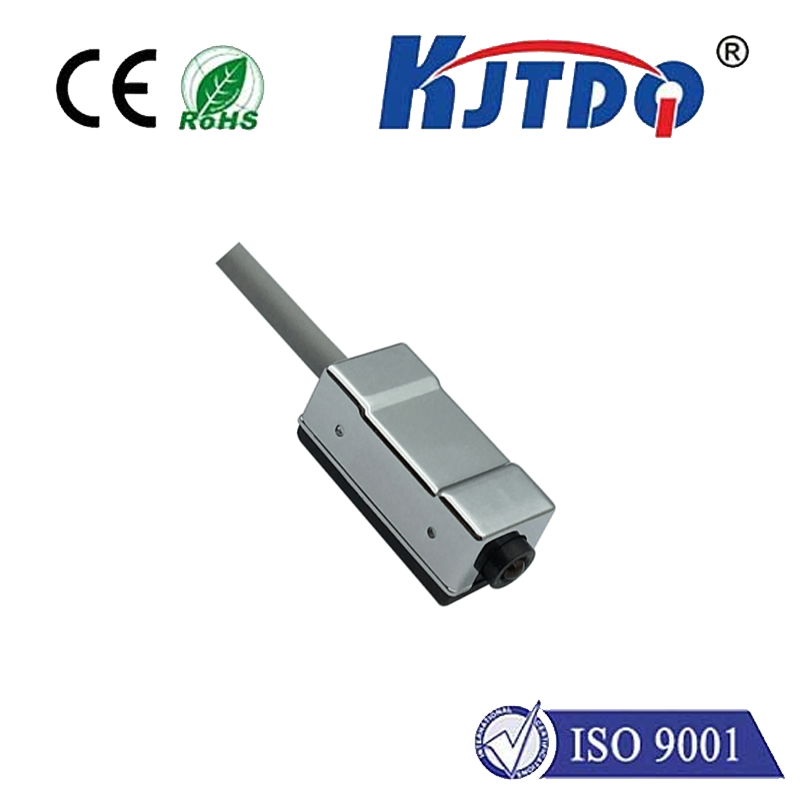

check

check

check

check
Title: Understanding Precision Limit Switches: A Comprehensive Guide
Precision limit switches are essential components in many industrial and electronic systems. They are designed to detect the movement of a switch or switchable device, such as a button or lever, and provide an indication of its state. These switches are used in a wide range of applications, including robotics, automation, HVAC systems, and manufacturing processes. In this article, we will explore the fundamental principles of precision limit switches, their types, installation, and operation.
The Working Principles of Precision Limit Switches
Precision limit switches operate based on the principle of magnetic coupling. The switch contains a magnetic North and South pole that is attracted to the North pole of the switch's contact pad when the switch is in the closed position. When the switch is opened, the contact pad comes into contact with the circuit, completing a circuit path from the switch's coil to the contacts. This creates an electrical signal that can be detected by an input device, such as a microcontroller or sensor.
Types of Precision Limit Switches
There are several types of precision limit switches available on the market, each with its unique characteristics and applications. Some of the most common types include:
1. 2-pole and 4-wire limit switches: These are the most basic type of limit switches and consist of two poles and four wires. They are typically used for light to medium duty applications and have a high switching accuracy.
2. 3-pole and 6-wire limit switches: These switches have three poles and six wires and offer improved switching accuracy compared to their 2-pole counterparts. They are commonly used in heavy-duty industrial applications and require precise alignment to ensure reliable operation.
3. 4-pole and 8-wire limit switches: These switches have four poles and eight wires and are designed for high-precision applications where small movements can have significant effects. They are often used in aerospace and other precision-critical industries.
Installation of Precision Limit Switches
Proper installation of precision limit switches is critical for ensuring reliable operation and minimizing wear and tear on the contacts. Here are some general guidelines for installing limit switches:
1. Choose the right type of limit switch for your application based on factors such as operating conditions, required switching accuracy, and contact material.
2. Ensure that the switch is positioned in a clear location within the machine or system so that it can accurately detect movement.
3. Align the switch with the axis of rotation or motion to ensure precise detection of movement.
4. Apply sufficient force to activate the switch when required, but avoid applying too much force, as this can damage the switch or contact pad.
Operation and Maintenance of Precision Limit Switches
To ensure optimal performance and longevity, proper operation and maintenance of precision limit switches are essential. Here are some tips for maintaining your limit switches:
1. Regularly check the contacts for wear and tear and replace them if necessary.
2. Keep the switch clean to prevent dirt and debris from interfering with the switch's ability to detect movement.
3. Test the switch regularly to ensure it is functioning correctly and make any necessary adjustments as needed.
Conclusion
In conclusion, precision limit switches are essential components that enable accurate detection of movement in various industrial and electronic systems. By understanding their working principles, types, installation, and operation, you can select and utilize these switches effectively in your applications while ensuring optimal performance and reliability.

